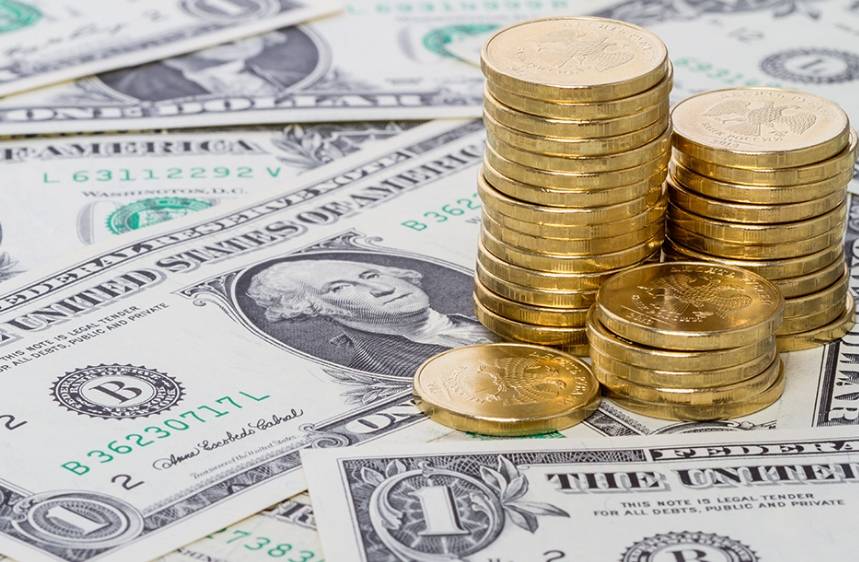In recent weeks, the landscape of the U.S. stock market has undergone a remarkable transformation, characterized by a surge in capital inflows that have reached unprecedented levels. According to a detailed analysis by a team of investment strategists at Goldman Sachs, a confluence of positive factors has contributed to a robust influx of capital, totaling an astonishing $186 billion over the past nine weeks. This development marks a significant milestone in the annals of market history, raising eyebrows and inspiring optimism among investors nationwide.
The Chief Technical Strategist at Goldman Sachs, leveraging a multitude of market indicators, posits that the prevailing market atmosphere, along with favorable expectations surrounding potential interest rate cuts by the Federal Reserve, is setting the stage for a predicted “Santa Claus Rally.” This term describes a historical phenomenon where stock markets often exhibit upward momentum during the last five trading days of the calendar year and the first two trading days of the new year. Various interconnected factors, such as investor psychology and capital flows, converge during this window to propel market performance.
Scott Rubner, a seasoned expert in capital flows, elaborates on this recent influx in a comprehensive report. The record-breaking capital influx is intricately tied to changes in the current market environment, specifically generating an air of optimism among investors. As investors clamor for opportunities, the influx of capital into the U.S. stock market gains momentum, fostering a newfound confidence in prospects for growth and value appreciation.
This unprecedented level of capital influx has further bolstered the share prices of the so-called "Magnificent Seven" tech giants. To illustrate, these major tech firms now account for a staggering 33% of the total market capitalization of the S&P 500 index, which is an all-time high.
Rubner points out that if one were to allocate just $1 in a 401K retirement account towards an S&P 500 index ETF, approximately 33 cents would be funneled to the stocks of these seven leading tech behemoths, reflecting their pronounced dominance in today’s market.
Additionally, the surge in capital inflows has inflated the value of passively managed assets to a jaw-dropping $11.773 trillion, showcasing the staggering scale of investment activity in the domestic equity landscape.
With the market pricing in a 97% chance of an interest rate cut during the Federal Reserve’s next meeting in December, Rubner believes that we are on the cusp of observing the anticipated “Santa Claus Rally” in the S&P 500 index as we close out 2024.
From a broader perspective, the performance of the S&P 500 index has been impressive this year, boasting a noteworthy appreciation of 28%. Particularly, buoyed by an impressive rally over the past 10 days, the "Magnificent Seven" have recorded a staggering 50% increase during the same timeframe. This uptick not only underscores the high growth potential and innovative vigor of the tech sector but also reflects a concentrated pursuit of quality assets amid an environment teeming with investment opportunities.

Rubner’s outlook for the U.S. equity markets in 2024 appears exceptionally promising, with expectations of sustained momentum continuing into 2025. To vividly convey his confidence in the market's trajectory, he uses humor to illustrate his conviction: “I’ve retired my SPX 5K hat, tossed aside my SPX 6 Khat, and I’ve ordered an SPX Khatt,” referring to an anticipated rise of the S&P 500 index to the 7,000 mark. While this jest reflects a lighthearted tone, it also hints at his broader optimistic stance regarding the future performance of U.S. equities.
Moreover, Rubner highlights that U.S. corporations have authorized plans to repurchase stocks valued at a staggering $1 trillion in 2025, a move that is widely regarded as a positive signal for the market. Corporate stock buybacks are seen as a reflection of management's confidence in the company’s future, simultaneously decreasing the supply of shares and enhancing earnings per share, which naturally attracts more investors and potentially drives stock prices higher. Coupled with this, the ongoing reduction in market volatility is expected to contribute to the market’s upward trajectory. Lower volatility typically represents a decreased risk for investors, thus making equities more appealing to those aiming for reliable returns, which continuously feeds capital into the markets, creating a virtuous cycle that drives stock prices higher.
